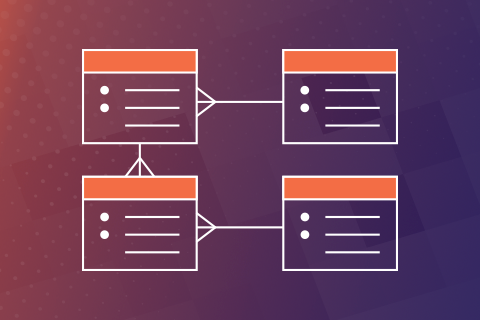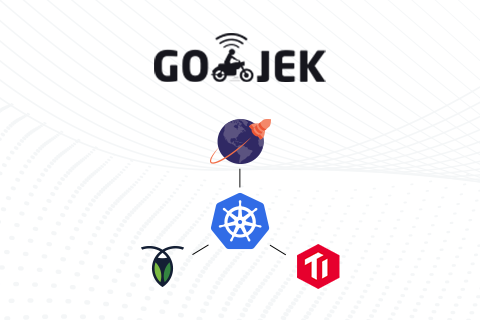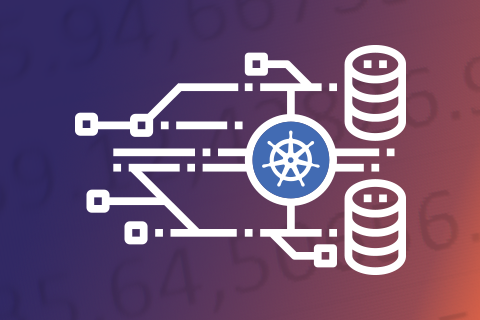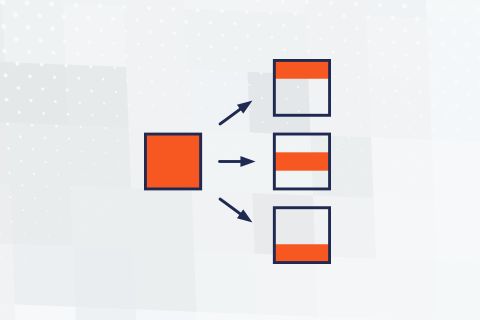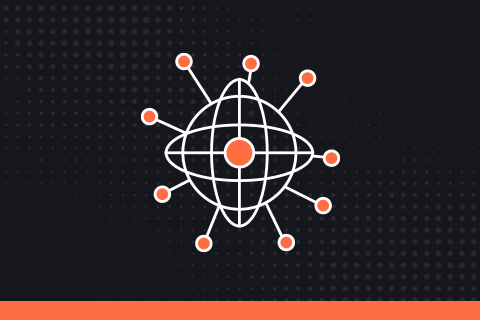Relational Data Modeling with Foreign Keys in a Distributed SQL Database
Note added on October 31, 2019
A lot has happened since this post was published in July 2019. Back then, the current YugabyteDB version was 1.2.10. And now, it’s 2.0.3. My original text included some caveats and comments like “Until this support is added in a future release…”. Now, no caveats are needed. I therefore revised my text and the companion downloadable code to remove all reference to those earlier, interim,
…
